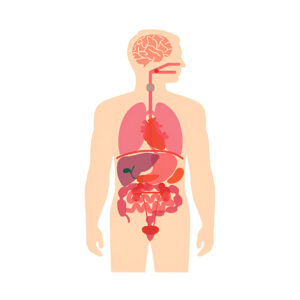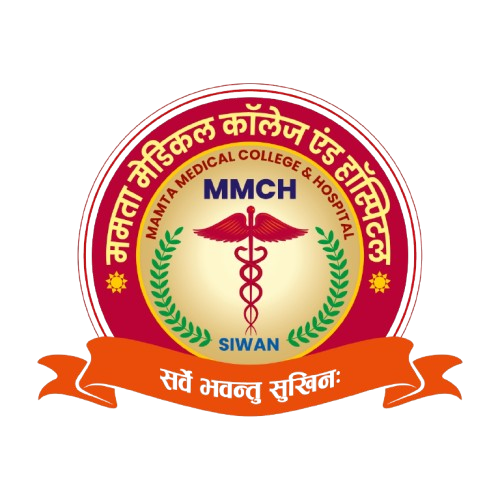
🧠 Department of Anatomy
Mamta Medical College & Hospital, Siwan
The Department of Anatomy at Mamta Medical College & Hospital, Siwan is one of the cornerstone departments in the medical curriculum and serves as a foundation for all future clinical learning. It introduces students to the structure of the human body through an in-depth study of gross anatomy, microscopic anatomy (histology), embryology, and neuroanatomy. The department integrates modern teaching methods with traditional dissection-based education, offering a dynamic learning environment that helps students become knowledgeable and skilled future medical professionals.
🌟 Overview and Importance of Anatomy in Medical Education
Anatomy is the first major subject introduced to medical students, and it plays a vital role in understanding how the human body is built and how it functions. Without a solid grasp of anatomy, it is impossible to fully understand pathology, surgery, radiology, and clinical medicine.
At Mamta Medical College & Hospital, we place great emphasis on not just learning anatomy for examinations, but truly understanding its relevance to clinical practice. We teach students how to correlate anatomical knowledge with diagnosis, surgical procedures, and patient care.
🧪 Infrastructure and Facilities
Our department is equipped with state-of-the-art infrastructure designed to provide students with hands-on experience and a comprehensive learning atmosphere:
🧍♂️ Dissection Hall
A large, well-ventilated hall with multiple dissection tables
Availability of preserved cadavers for practical dissection
Modern embalming facilities and storage systems
Personal protective equipment and safety standards maintained
Dissection plays a vital role in medical education, helping students to understand the three-dimensional structure of the human body. Under the guidance of expert faculty, students get direct exposure to real anatomical structures, allowing for deep and lasting learning.
🔬 Histology Laboratory
High-quality compound microscopes for every student
Wide collection of permanent slides of tissues and organs
Use of digital microscopy and projection for group learning
Virtual histology tools and e-resources to complement practicals
This lab helps students understand microscopic anatomy, which forms the basis of pathology and physiology. Each tissue and organ is studied at the cellular level to gain a better understanding of normal function and disease.
🧫 Anatomy Museum
A comprehensive collection of over 300 wet and dry specimens
Labeled models and charts for all body systems
3D models of organs, bones, joints, and embryological development
Plastinated specimens for better visualization and long-term preservation
The museum is an important tool for visual learning and provides opportunities for self-study. It also aids in revision before exams and viva sessions.
🧑🏫 Demonstration Rooms and Lecture Halls
Air-conditioned, smart classrooms with audio-visual aids
Projector systems, models, and e-lectures for interactive learning
Group discussions, tutorials, and case-based sessions held regularly
Our department ensures that both large group teaching and individual attention are given to students to help them grasp difficult anatomical concepts.
🧬 Research and Development
The Department of Anatomy encourages undergraduate research and faculty-led projects in fields such as:
Anatomical variations and clinical implications
Innovations in anatomical education using digital tools
Studies on cadaver preservation and ethical practices
Correlation of radiological and surface anatomy with dissection findings
Students are guided to participate in conferences, paper presentations, and anatomy quizzes to boost their academic confidence and exposure.
✅ Ethical Standards and Body Donation
Our department strictly adheres to ethical standards in cadaver handling and dissection. We recognize the contribution of body donors and conduct “Silent Teacher” tribute ceremonies to honor their invaluable gift to medical education.
We also promote awareness of body donation programs, encouraging people to donate their bodies for the advancement of medical science.
🏥 Integration with Clinical Departments
Anatomy is not taught in isolation. Our faculty actively collaborates with clinical departments such as surgery, radiology, orthopedics, and gynecology to offer a vertical and horizontal integration of subjects. This ensures students can relate basic anatomy with clinical application.
🌐 Future Goals and Vision
To implement advanced digital dissection tools such as virtual cadavers and 3D software
To establish a regional anatomical research and resource center
To publish high-quality research in indexed journals
To introduce postgraduate programs in anatomy in future expansion plans
